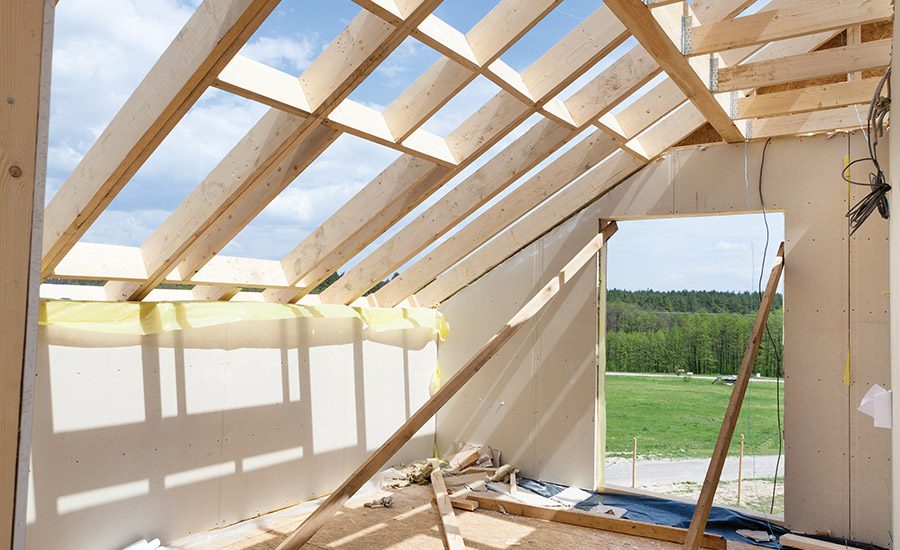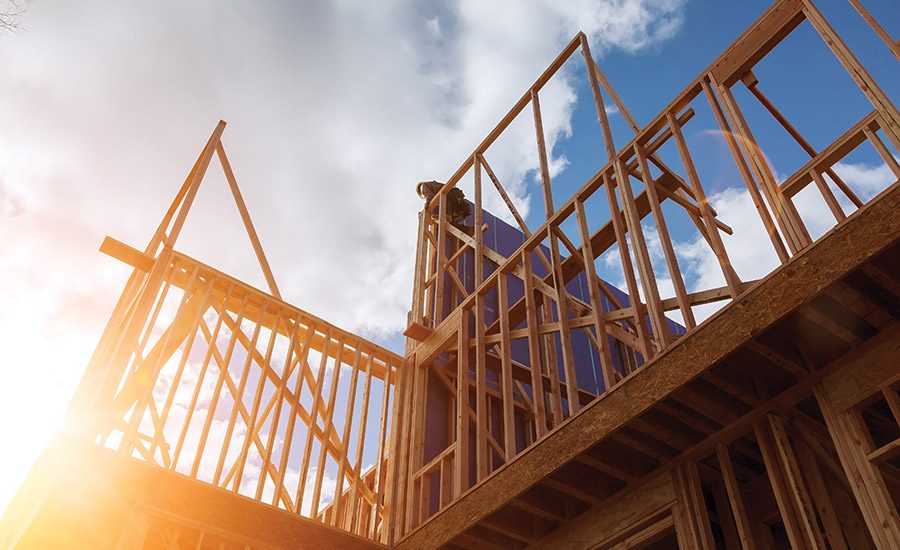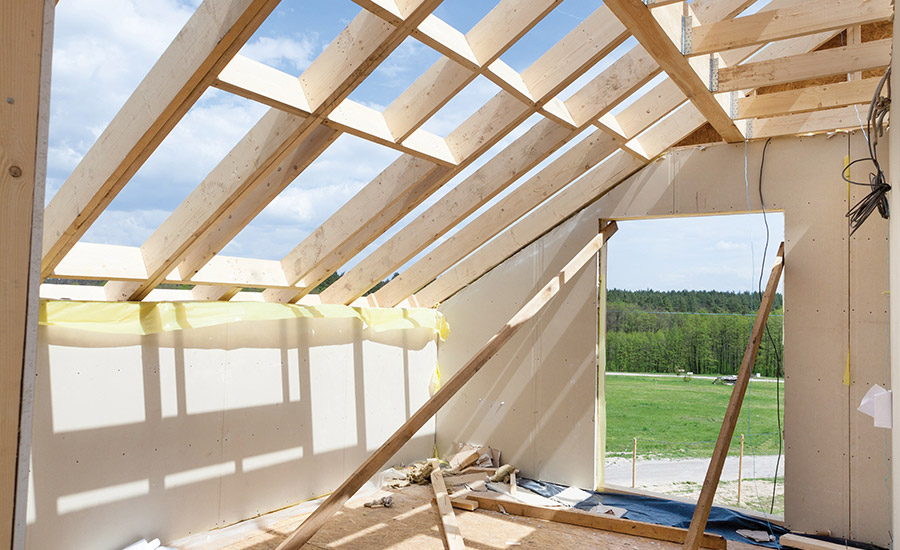Market Trends
Alternative Blowing Agents Among Trends in Global Spray Polyurethane Foam Market
The need for spray polyurethane foam is expected to increase due to the growing demand for energy-efficient infrastructure facilities.




A recent Technavio report forecasts the global spray polyurethane foam market to grow at a compound annual growth rate (CAGR) of over 8% from 2018-2022. The use of alternative blowing agents is one of the major trends taking place in the global spray polyurethane foam market. Blowing agents, such as hydrochlorofluorocarbons (HCFCs) and hydrofluorocarbon (HFCs), are being phased out due to their harmful effects on the environment and human health. Pentane is a low-cost blowing agent that produces low-density foams with low thermal conductivity and enhanced properties. Methyl formate and dimethoxymethane are also regarded as blowing agents for rigid foams.
A key factor contributing to the growth of the global spray polyurethane foam market is increasing construction activities, according to the report. During the forecast period, the need for spray polyurethane foam is expected to increase due to the growing demand for energy-efficient infrastructure facilities and housing with effective furnishing and flooring material. Polyurethane foam is a chemical product used in common construction applications that require filling, sealing, bonding and insulation. When compared to conventional roofing systems, spray polyurethane foam roofs are weatherproof, lightweight and durable, and require less maintenance.
“Spray polyurethane foams have high thermal resistance and acoustic insulation,” says a senior analyst for research on plastics, polymers, and elastomers. “Therefore, they are used in applications, such as insulation of water pipes, bonding and sealing roofs and walls, and installation of door and window frames. Spray polyurethane foams are sprayed on roofs and walls in order to increase the thermal resistance of buildings. Developing countries such as Malaysia, India, China, Brazil, and Indonesia are expected to experience an increase in construction activities as they are focusing on green buildings. This will drive the market during the forecast period.”
Segment Analysis
The residential market segment held the largest market share in 2017, compared to commercial, accounting for 60% of the market. This application segment is expected to dominate the global market throughout the forecast period.
Regionally, the Americas led the market in 2017 with a market share of 43%. This region is expected to dominate the market through 2022, though an almost 2% decrease in its market share is projected.
For more information, visit www.technavio.com.
Looking for a reprint of this article?
From high-res PDFs to custom plaques, order your copy today!







